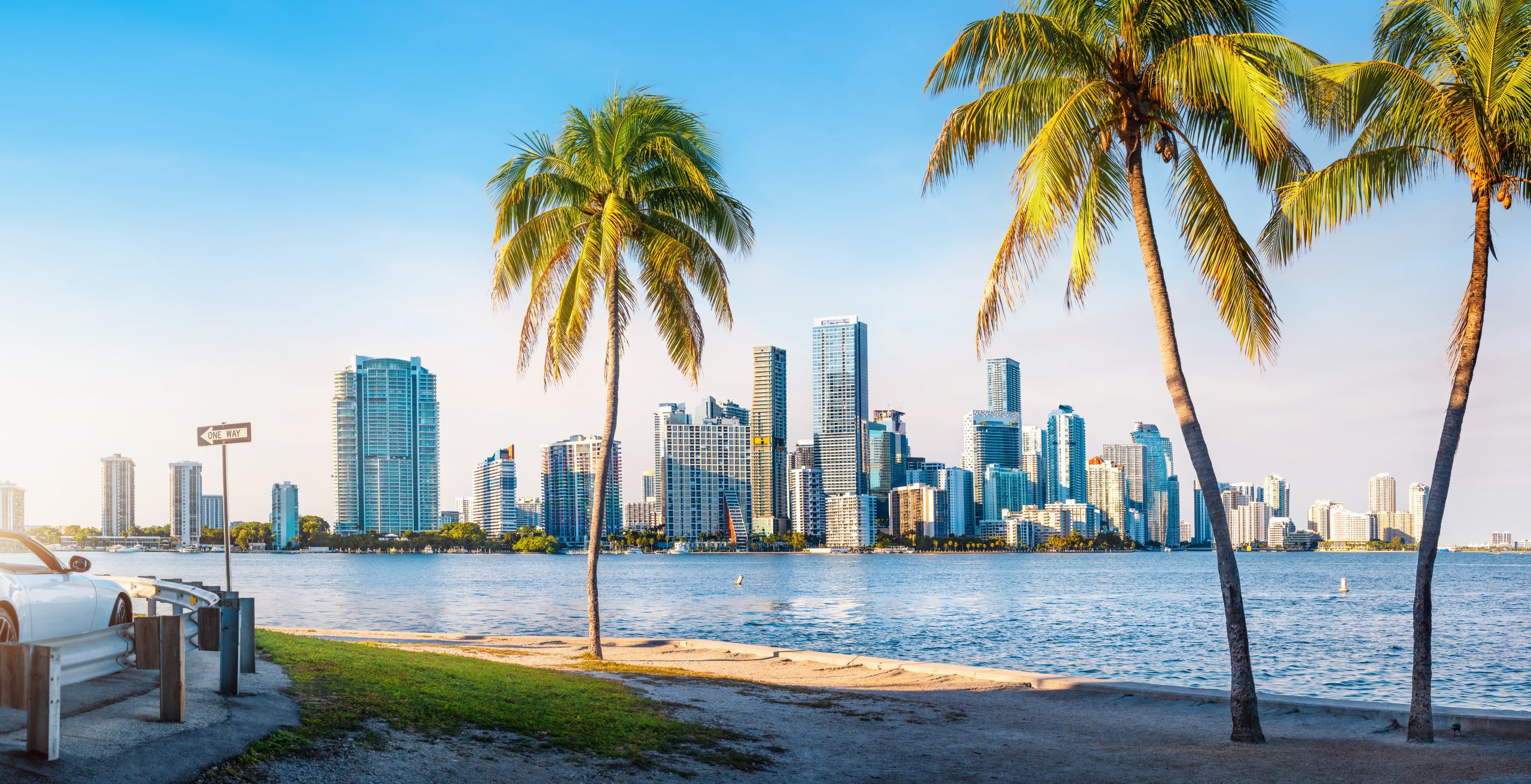Scientists unveil world wine map by 2050
A report has warned that climate change is likely to push viticulture into new areas with potentially “disastrous” consequences for several endangered animal species.
Credit: Conservation-International photo-by-Russell-A.-Mittermeier
Published in the Proceedings of the National Academy of Sciences (PNAS), the study claims to be “the first ever worldwide analysis of the impacts of climate change on wine production and conservation.”
The international team of researchers led by Conservation International warned that in certain parts of the world the area suitable for wine production is due to shrink by “as much as 73% by 2050”, with particular pressure on local water resources.
A Google Earth “flyover” (see video below) compiled by the report’s authors shows a significant northerly shift for Europe’s viticultural regions, putting even areas such as Bordeaux and the Rhône under threat.
With pressure on water supply already a major concern in parts of Australia, this country is also expected to witness a decline in suitable vineyard area, while an increased number of regions area expected to open up in New Zealand.
“Climate change is going to move potential wine-producing regions all over the map,” remarked Dr Lee Hannah, lead author of the report, which raised the prospect of suitable vineyard area opening up in key conservation regions such as the Rocky Mountains, Yellowstone National Park and Central China.
As a result of this predicted shift, scientists fear that the accompanying removal of natural vegetation, chemical spraying and fencing could have a damaging effect on native wildlife species including the grizzly bear, pronghorn and endangered giant panda.
“Climate change will set up competition for land between agricultural and wildlife – wine grapes are but one example. This could have disastrous results for wildlife,” concluded Dr Rebecca Shaw, co-author of the report.
“Fortunately, there are pro-active solutions,” she continued, outlining: “We are creating incentive-based programs with private landowners to provide wildlife habitat as we expand our capacity to feed a growing planet in the future under a changing climate.”
Partner Content
Despite this current effort, Hannah observed that more needs to be done “Consumer awareness, industry and conservation actions are all needed to help keep high quality wine flowing without unintended consequences for nature and the flows of goods and services it provides people,” she remarked. “This is just the tip of the iceberg – the same will be true for many other crops.”
Among the preventative measures recommended by the report was the suggestion that businesses plan vineyard expansion in partnership with conservationists in order to avoid “areas of high environmental importance”.
It also called for greater investment in grape varieties that are better adapted to the climate, as well as encouraging consumers to buy wines from vineyards that use sustainable practices.
On this last point, co-author Patrick Roehrdanz explained: “Consumers can do their part by purchasing wine from vineyards that participate in programs like the California Sustainable Winegrowing Alliance or the South African Biodiversity and Wine Initiative and through supporting organisations that are dedicated to finding solutions such as Vinecology, Conservation International or the Environmental Defense Fund.”
To read the full report, click here.
Study: Climate Change, Wine and Conservation





While the news is titillating and makes for dramatic headlines that Napa’s famed wine industry is doomed, the headlines belie the fact that there is a lot that is unknown about climate change as it affects the wine industry and particularly Napa Valley. Understanding how climate change might affect our region specifically is critical to the future of the Napa Valley wine industry, which generates a mighty $50 billion for the U.S. economy and more than 300,000 jobs in our country. To help us execute a climate change study specifically for the Napa Valley, the Napa Valley Vintners (NVV), a trade association of more than 450 winery members, formed a Climate Study Task Force led by Dr. Dan Cayan and his renowned team of climate scientists at Scripps Institution of Oceanography at UC San Diego. The Task Force collected data from 12,000 points in Napa Valley – from vintners, growers and weather stations. From this massive collection of grass-roots data, the Scripps science team assembled its final report: “Climate and Phenology in Napa Valley: A Compilation and Analysis of Historical Data” http://www.napavintners.com/about/nvv_climate_exec_summary.pdf by Dan Cayan, Kimberly Nicholas, Mary Tyree and Michael Dettinger. The report, released in February 2011, indicates that Napa Valley has warmed slightly over recent decades, but not to the degree that has been reported in the studies noted above, which analyze broader California weather station data. According to the Napa Valley-specific data analyzed for our report, the warming we have experienced, one to two degrees Fahrenheit, has taken place primarily in overnight temperatures between the months of January to August. In fact, Napa Valley has actually experienced cooler daytime temperatures and increased marine fog influence during the summer growing season in recent years.